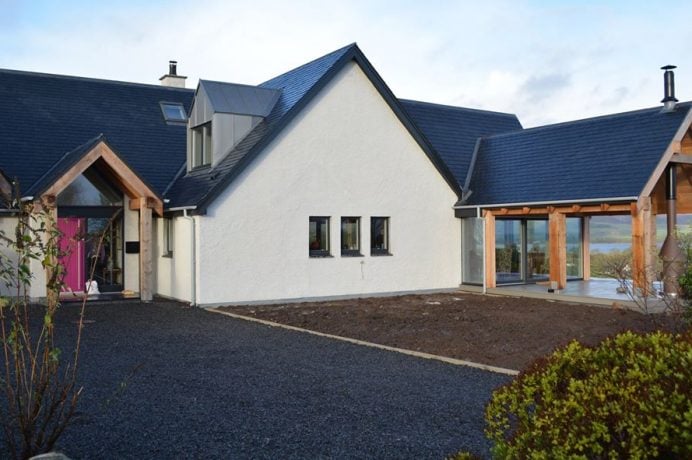Loading
The truss manufacturer is responsible for either in-house haulage or for selecting a competent haulier. In either case, they shall ensure that only trailers suitably adapted for the safe delivery of trussed rafters are used.
The truss manufacturer must provide the contractor with details of the weight, physical dimensions, configuration and layout of the trusses to be delivered in advance of delivery. Details concerning weights of bundles of trusses and their banding will be provided by the truss manufacturer at the time of delivery.
Unloading
The safe unloading of trussed rafters is the customer’s responsibility and, in most circumstances, mechanical handling equipment such as a forklift, telehandler or crane is required to unload and move trussed rafters.
The current guidance document from TRA states:
“Always use a crane or other mechanical handling device for lifting trusses, unless this is not reasonably practicable. Trusses over 75 kgs should not be handled by manual means alone. Some form of mechanisation or mechanical assistance should also be used.” (Contact your TRA supplier for details on weights and dimensions of trussed rafters).
Offloading of trusses can be done using a crane or forklift. This avoids the need for anyone to access the bed of the lorry, thereby eliminating the potential risk of a fall. TRA members use different coloured bandings or restraints to help reduce the risk of the wrong band/rope being cut during delivery. Ask your TRA supplier for more details.
Click here for further guidance and risk assessments on loading and unloading

